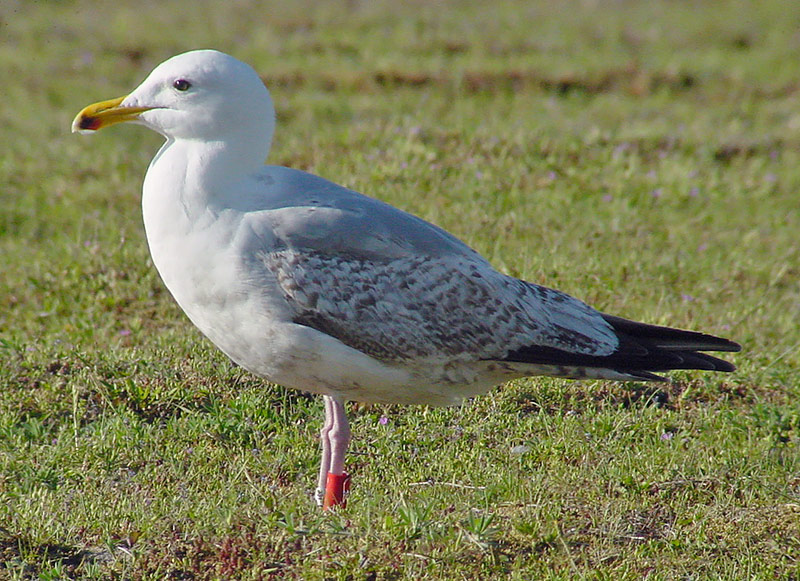 Herring Gull- Zilvermeeuw (argentatus & argenteus)
Herring Gull- Zilvermeeuw (argentatus & argenteus)
(last update:
Herring Gull plumages:
hg 1cy July
hg 1cy August
hg 1cy September
hg 1cy October
hg 1cy November
hg 1cy December
hg 2cy January
hg 2cy February
hg 2cy March
hg 2cy April
hg 2cy May
hg 2cy June
hg 2cy July
hg 2cy August
hg 2cy September
hg 2cy October
hg 2cy November
hg 2cy December
hg 3cy January
hg 3cy February
hg 3cy March
hg 3cy April
hg 3cy May
hg 3cy June
hg 3cy July
hg 3cy August
hg 3cy September
hg 3cy October
hg 3cy November
hg 3cy December
hg sub-ad January
hg sub-ad February
hg sub-ad March
hg sub-ad April
hg sub-ad May
hg sub-ad June
hg sub-ad July
hg sub-ad August
hg sub-ad September
hg sub-ad October
hg sub-ad November
hg sub-ad December
hg ad January
hg ad February
hg ad March
hg ad April
hg ad May
hg ad June
hg ad July
hg ad August
hg ad September
hg ad October
hg ad November
hg ad December
(2 images) Herring Gull KCU 3cy (argenteus), May 23 2002, Vuurtorenvlakte - Maasvlakte, the Netherlands (51.59N,04.02E).
This 3cy argenteus was ringed as pullus on July 15 2000 at Orfordness, Britain. It shows the ordinary features for argenteus in May: The scapulars create an all-grey saddle, except some feathers in the lowest row scapulars. The second generation primaries are bleached brown without white tips and lack a mirror on P10. The second generation tail has a broad dark tail-band.
3cy argenteus has
a partial moult in spring. It starts in January and is completed by April,
leaving birds in so-called "second summer" plumage. The head
turns white, especially on throat, breast and belly. By April, the
scapulars and mantle will show many adult-like grey feathers, creating a
contrasting "grey saddle", as most of the wing-coverts
(especially the lesser coverts) are still barred. The wing-coverts start
to fade and the fringes wear off.
The iris and base of the bill turn pale yellow, although some individuals
(like this bird) show a warm amber iris. The bill shows some red on the
gonydeal angle and it still shows an obvious dark bill-band.
This British argenteus has moulted tertials and wing-coverts to third generation feathers in the partial autumn moult as a 2cy bird: the three upper tertials and some of the inner greater and median coverts have been replaced. Those third generation wing-coverts are hard to recognize by May, as the patterns are very similar to the second generation feathers and the feathers are very worn. Note however that the feathers moulted last, are more adult-like in their general appearance, showing a grey base.

